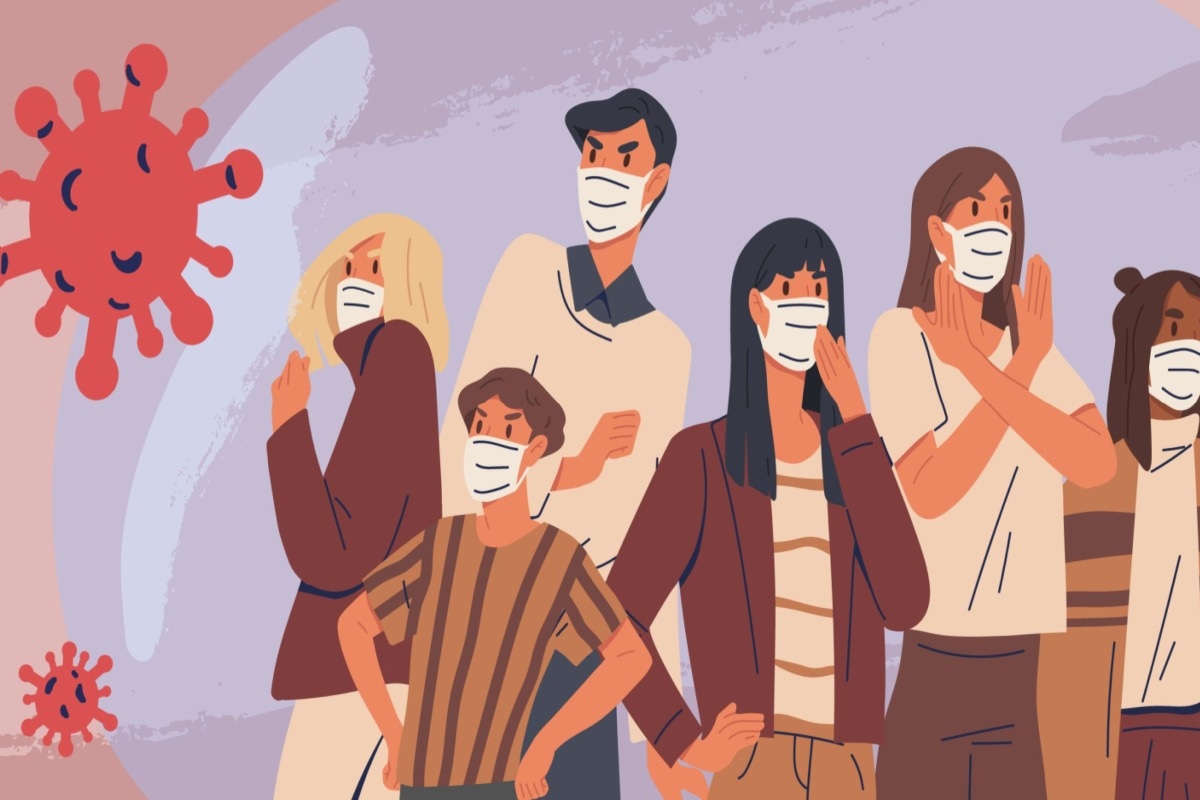A team of scientists from the USA has recently described the county-to-county transmission of severe acute respiratory syndrome coronavirus 2 (SARS-CoV-2) in Minnesota. The study is currently available on the medRxiv* preprint server.
 Study: Genomic epidemiology and phylodynamics for county-to-county transmission of SARS-CoV-2 in Minnesota, from 19A to Omicron. Image Credit: GoodStudio/Shutterstock
Study: Genomic epidemiology and phylodynamics for county-to-county transmission of SARS-CoV-2 in Minnesota, from 19A to Omicron. Image Credit: GoodStudio/Shutterstock

 *Important notice: medRxiv publishes preliminary scientific reports that are not peer-reviewed and, therefore, should not be regarded as conclusive, guide clinical practice/health-related behavior, or treated as established information.
*Important notice: medRxiv publishes preliminary scientific reports that are not peer-reviewed and, therefore, should not be regarded as conclusive, guide clinical practice/health-related behavior, or treated as established information.
Background
Genomic epidemiology has provided in-depth understanding of the transmission dynamics and evolution pattern of SARS-CoV-2, the causative pathogen of the coronavirus disease 2019 (COVID-19) pandemic. Many studies have been conducted to determine localized transmission of SARS-CoV-2 within a state or province. These studies are valuable for state-wide genomic surveillance and preventive efforts.
To understand the collective impact of county-to-county viral transmission on within-state viral dynamics, it is important to study how viral introduction events and circulation of various variants of concern (VOCs) induce changes in localized viral evolution and transmission throughout the pandemic.
Study design
In the current study, the scientists sequenced viral genomes collected from more than 22,000 SARS-CoV-2-positive patients over two years during the pandemic. They performed Bayesian phylodynamics to determine county-to-county transmission of SARS-CoV-2 and the impact and timing of introduction events into the State of Minnesota.
Furthermore, they linked the viral genomic data with patients’ characteristics and disease phenotypes to determine the genetic structure of variant-specific genomes in relation to clinical severity of disease.
State-wide viral transmission
The Bayesian phylodynamics findings revealed that the predominantly circulating viruses in the state were from Hennepin County, the largest population in Minnesota. Ramsey county, the second most populated county, was also associated with early evolution and transmission of SARS-CoV-2.
Estimating the ratio of introduction events to total viral flow into and out of each county revealed that Anoka, Dakota, Ramsey, Stearns, and Washington experienced many introduction events in the early phase of the pandemic. While there was a balance between introduction and viral flow-out events in Anoka, Ramsey, and Stearns, consistently higher introduction events than viral flow-out events were observed in Dakota and Washington.
The most contrasting transmission dynamics were observed in Hennepin County, which consistently produced more viral flow into other counties throughout the pandemic. This county experienced a transient increase in introduction events when the alpha variant began circulating in the state. During this phase, a reduction in viral flow-out events was observed in Hennepin County.
Furthermore, the most frequent international introduction events occurred in Hennepin County in the initial phase of the pandemic, with a total of 119 separate events over a period of two years during the pandemic.
Impact of control measures
The analysis of county-specific viral diversity revealed that government-imposed restrictions played an important role in reducing the diversity of circulating viruses in most counties. This indicates low spatial mixing of SARS-CoV-2 between counties.
However, a sharp increase in viral diversity was observed immediately after the removal of restrictions in the state in May, 2021. Such events of spatial mixing of viruses led to an induction in COVID-19 cases and circulation of the omicron variant in the state.
Evolutionary relationship between viral variants and COVID-19 clinical outcomes
More than 14,000 viral genomes were linked with patients’ characteristics and COVID-19 phenotypes to understand the relationship between viral evolution and clinical outcomes.
The findings revealed that the genetic evolution of omicron variants in the state was structured by clinical outcomes when stratifying by patient risk factors and VOCs. The majority of outcomes were mild or moderate clinical cases. However, no such relationship was observed for alpha and delta variants.
Study significance
The study describes county-to-county transmission of SARS-CoV-2 in Minnesota. Hennepin County has been identified as the major source of county-to-county introduction events after its initial international introduction events in early 2020.
Importantly, the study highlights the importance of pandemic-related restrictions in reducing viral transmission between counties.

 *Important notice: medRxiv publishes preliminary scientific reports that are not peer-reviewed and, therefore, should not be regarded as conclusive, guide clinical practice/health-related behavior, or treated as established information.
*Important notice: medRxiv publishes preliminary scientific reports that are not peer-reviewed and, therefore, should not be regarded as conclusive, guide clinical practice/health-related behavior, or treated as established information.